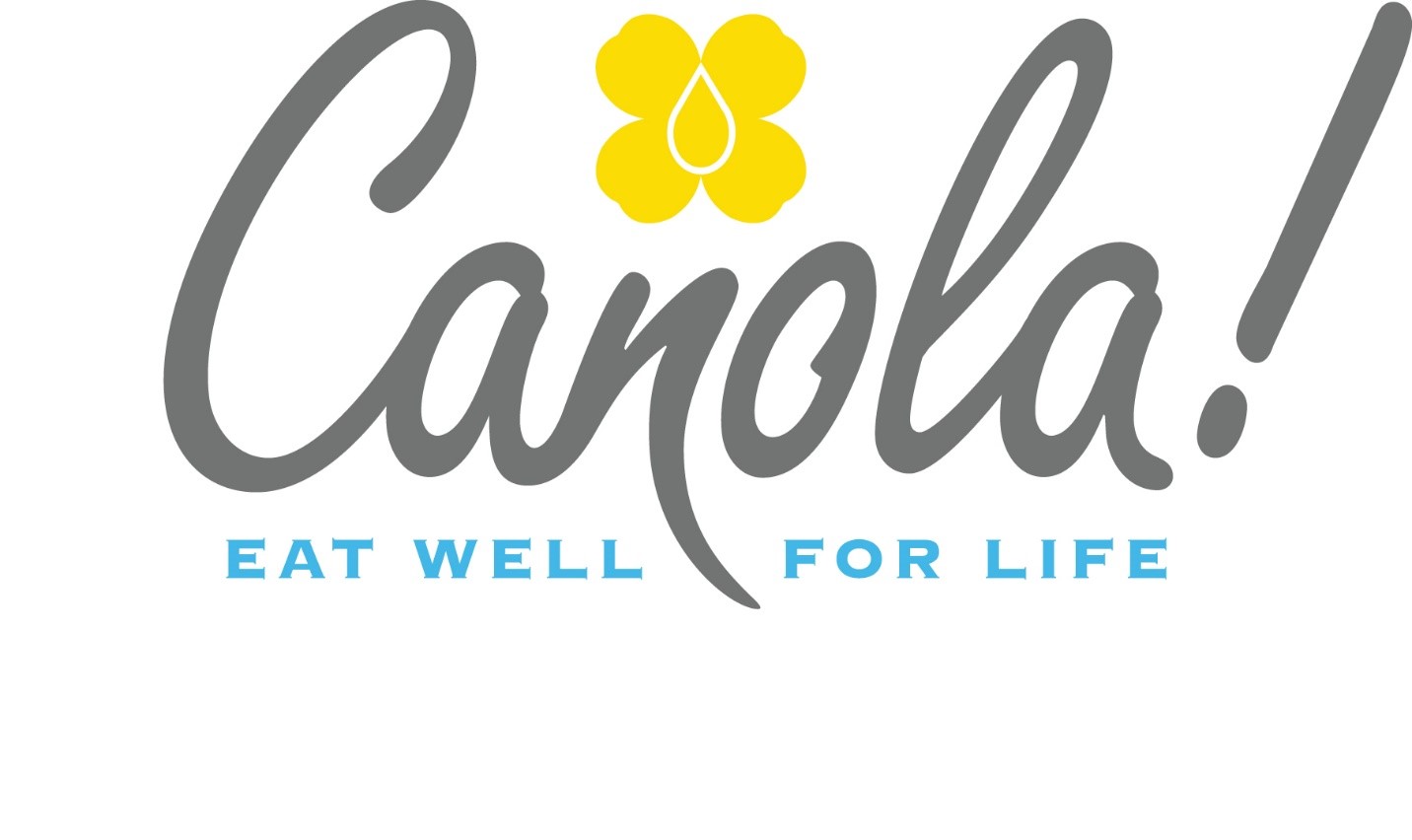This meal plan includes traditional Chinese dishes, as well as some non-traditional options and snacks. It features diabetes-friendly foods, such as low-glycemic-index carbohydrates and healthy fats like canola oil. The carbohydrates are balanced throughout each day with each meal containing 30-45 grams of net carbohydrates, and snacks containing around 15 grams of carbohydrates. Depending on your goals and lifestyle, your calories and carbohydrates may need to be adjusted, so modify the number of snacks or portion sizes accordingly.

Day 1
Breakfast: 1 cup (250 mL) cooked rice vermicelli in soup with shredded chicken and bok choy (44 g carbohydrates)
Lunch: 9 pieces steamed dumplings and choy sum (45 g carbohydrates)
Dinner: 1 cup (250 mL) cooked rice, steamed chicken with shiitake mushroom and Chinese cabbage (45 g carbohydrates)
Day 2
Breakfast: 1 boiled egg, steamed broccoli and 2 slices multi-grain bread (30 g carbohydrates)
Lunch: 1 cup (250 mL) cooked rice and steamed chicken with broccoli (45 g carbohydrates)
Dinner: ⅔ cup (150 mL) cooked rice, pork bone and lotus root soup (1 cup/250 mL lotus root), fish-paste-stuffed tofu, stir-fry celery (40 g carbohydrates)
Day 3
Breakfast: Oatmeal made with ⅔ cup/150 mL dry oats with walnuts (tip: add unsweetened ground black sesame or almond for a lower- carbohydrate alternative to sesame soup or almond soup), 1 cup (250 mL) unsweetened calcium-fortified soy beverage (36 g carbohydrates)
Lunch: 1 whole-wheat steamed vegetable bun and sliced bean curd (33 g carbohydrates)
Dinner: 1 cup (250 mL) cooked rice, mapo tofu and bok choy (45 g carbohydrates)
Day 4
Breakfast: 2 slices multi-grain bread, 1 egg, cucumber, tomato, lettuce, avocado (30 g carbohydrates)
Lunch: 1½ cups (375 mL) cooked fettuccine* stir-fry with chicken, carrots, onions and bok choy (*fettucine is a lower-glycemic-index noodle alternative; cook al dente) (45 g carbohydrates)
Dinner: 1 cup (250 mL) cooked rice, steamed fish with ginger and green onions and choy sum (45 g carbohydrates)
Day 5
Breakfast: Egg and green onion pancake* wrapped with lettuce and 1 cup (250 mL) unsweetened calcium fortified soy beverage (*mix 2 eggs, ⅓ cup (75 mL) of flour, green onions cooked with 1 tsp (5 mL) canola oil, and lightly season with salt and pepper) (35 g carbohydrates)
Lunch: 1½ cups (375 mL) cooked macaroni in soup with mixed vegetables and chicken or beef (45 g carbohydrates)
Dinner: ⅔ cup (150 mL) cooked rice, steamed pork rib, 1 cup (250 mL) cooked squash and cabbage (45 g carbohydrates)
Day 6
Breakfast: 2 cups (500 mL) cooked millet congee, 1 egg, peanuts and blanched leafy vegetables (45 g carbohydrates)
Lunch: 1½ cups (375 mL) cooked stir-fry noodles with beef/pressed tofu and broccoli (45 g carbohydrates)
Dinner: ⅔ cup (150 mL) cooked rice, braised chicken with ⅓ cup (75 mL) potatoes and eggplant (45 g carbohydrates)
Day 7
Breakfast: 2 cups (500 mL) cooked congee* with chicken and shredded lettuce (*tip: Substitute half of rice with oatmeal, mung bean, red bean or barley) (45 g carbohydrates)
Lunch: tomato and egg with 1½ cups (375 mL) cooked chow mein noodles in soup, garlic-sautéed gai lan (45 g carbohydrates)
Dinner: ⅔ cup (150 mL) cooked rice, pork shank soup with corn (half of cob) and carrot and stir-fry green beans with minced pork (45 g carbohydrates)
Snack Options
Each of the following options provides approximately 15 g carbohydrate and 100–150 calories. If you’re planning to have a snack, consider one of the following choices:
- 1 medium (tennis ball size or 1 cup/250 mL) fruits
- 2% milk or calcium-fortified unsweetened soy milk
- 5 whole-grain crackers, unsalted low-sodium nuts
- 1 slice of multi-grain bread, cheese
- ½ cup (125 mL) plain yogurt with seasonal fruits
- ½ cup (125 mL) shelled edamame
Healthy cooking tips
- Limit the amount of high-sugar and high-sodium sauces (such as oyster sauce, hoisin sauce, soy sauce).
- Use low-sodium versions of sauces if available.
- Try different unsalted herbs for seasonings (including aromatics such as onion or scallions, ginger, garlic, shallots or chili, Szechuan peppercorn, and mushrooms for flavouring stir-fries. Consider Thai basil, coriander, parsley and lemongrass for giving dishes an extra punch of fresh flavour).
- Mix whole-grains (quinoa, millet, barley, oats, etc.) or beans (such as red bean, mung bean or black bean) into rice or congee to add fibre. Choose whole-grain or brown rice for a higher-fibre option.
- Consume a moderate amount of healthy dietary fat, such as canola and olive oils.
Related Content

Body Mass Index (BMI) calculator
Use the BMI calculator to see if you're at risk of having type 2 diabetes.
BMI calculator About Body Mass Index (BMI) calculator

Tools & resources
We've got dozens of tools and resources to help you understand and manage diabetes.
Tools & resources About Tools & resources